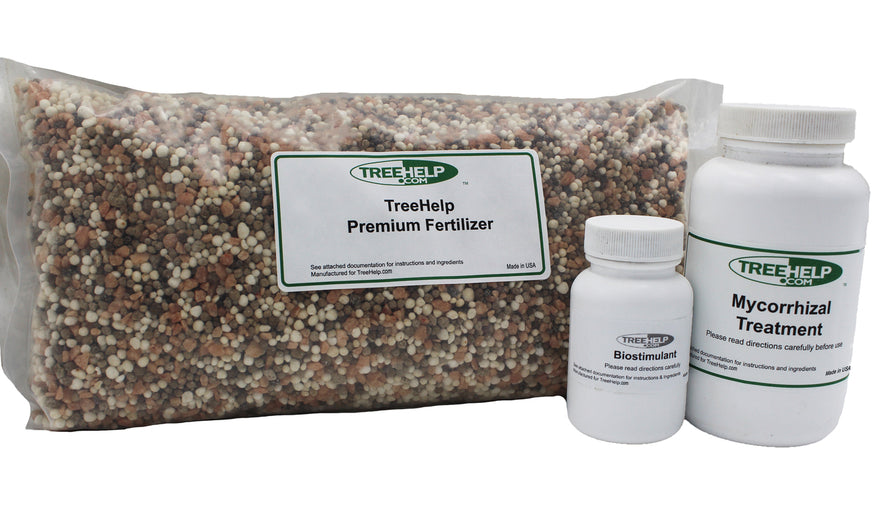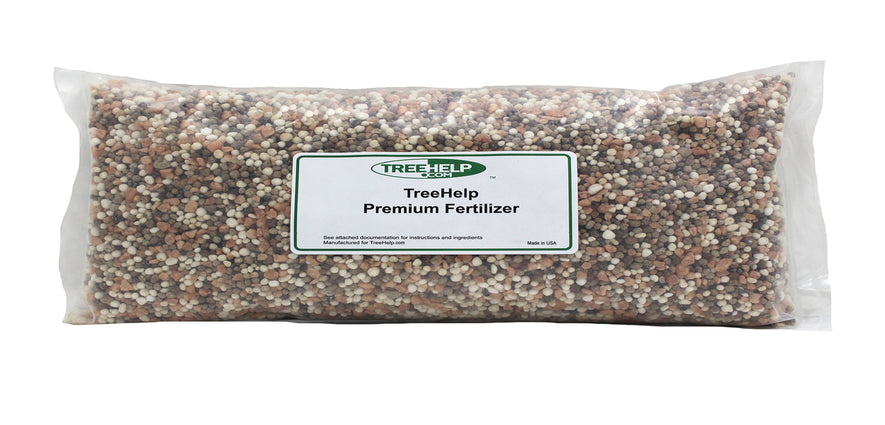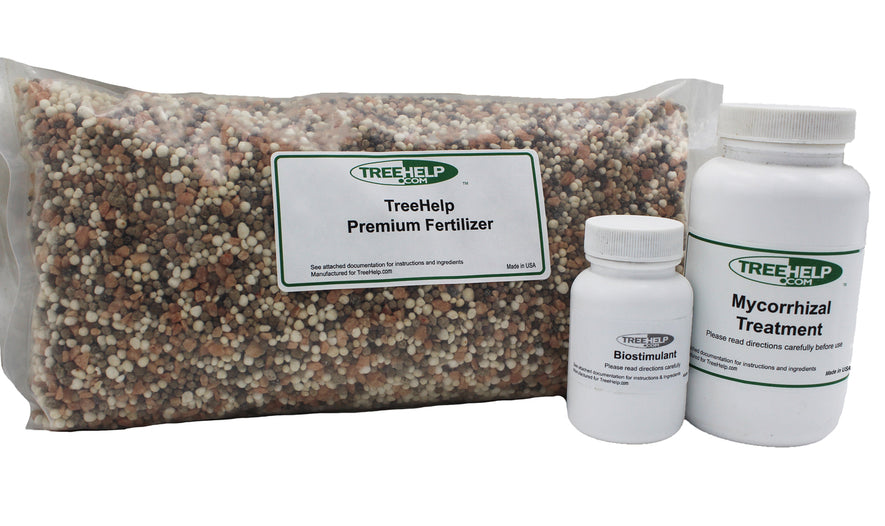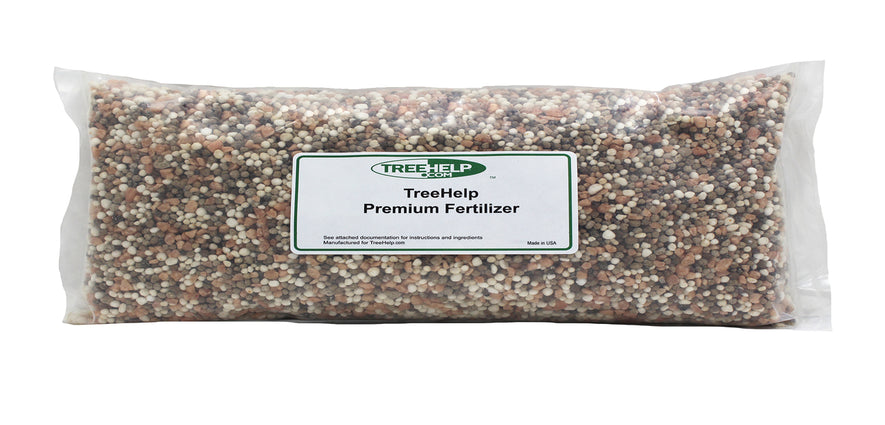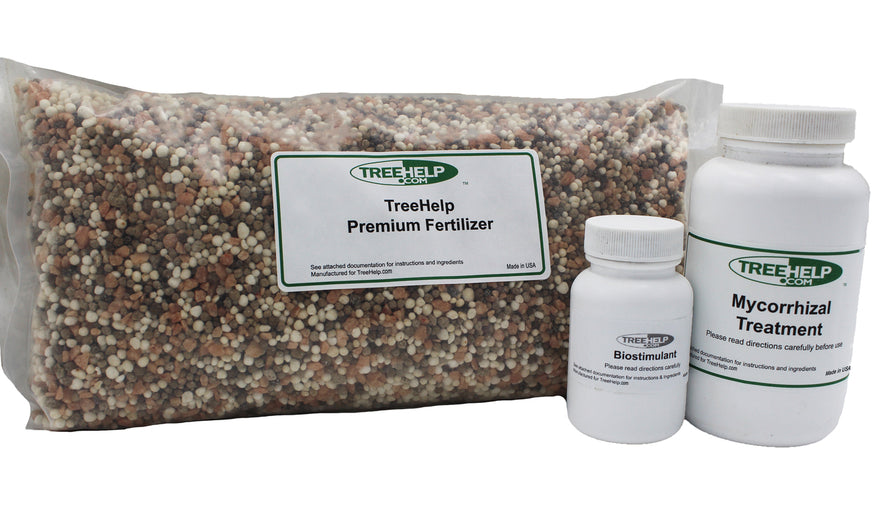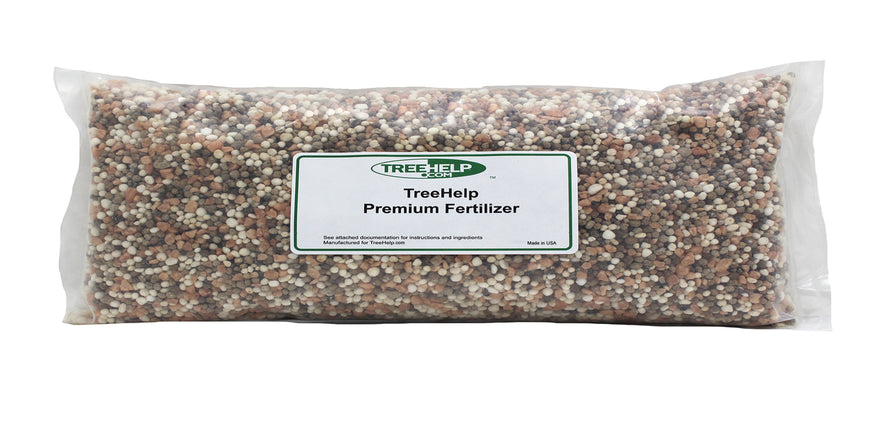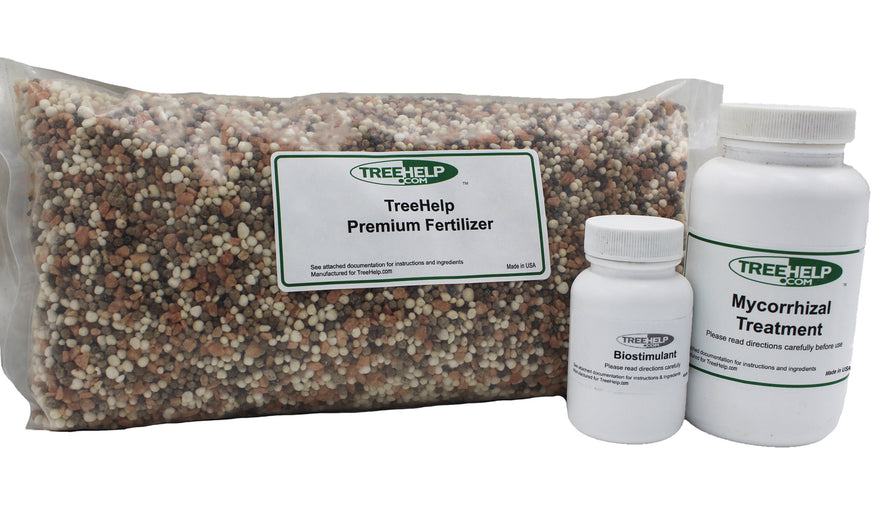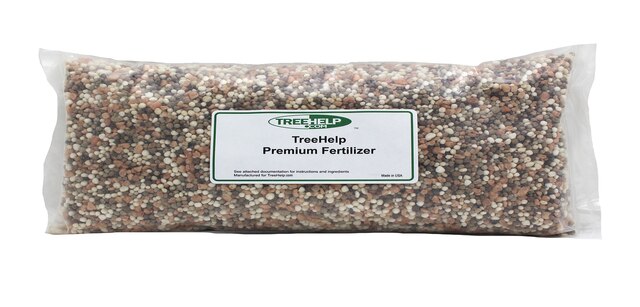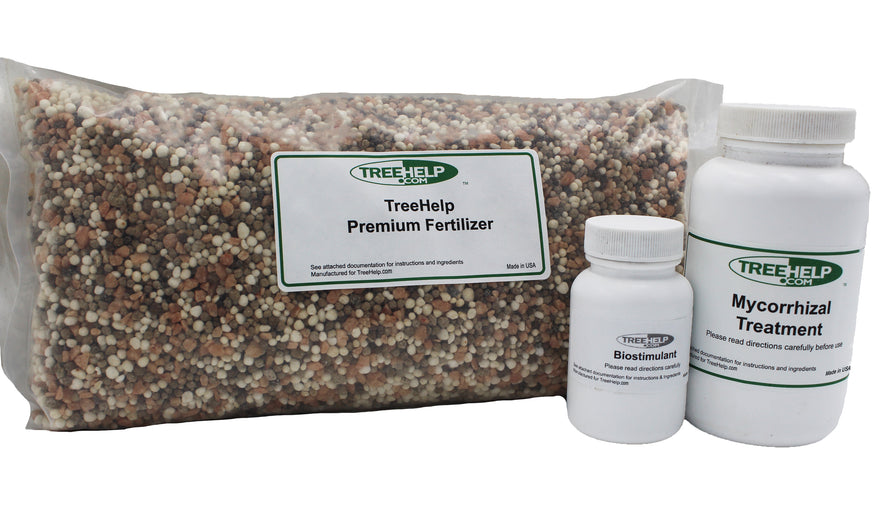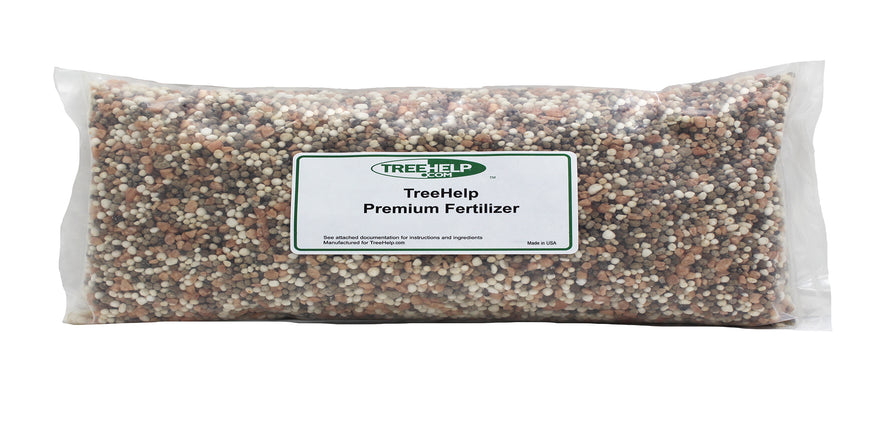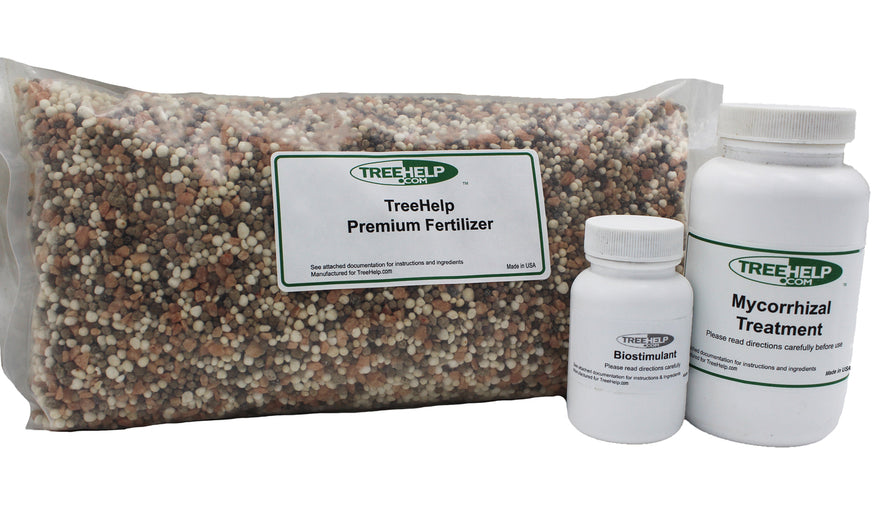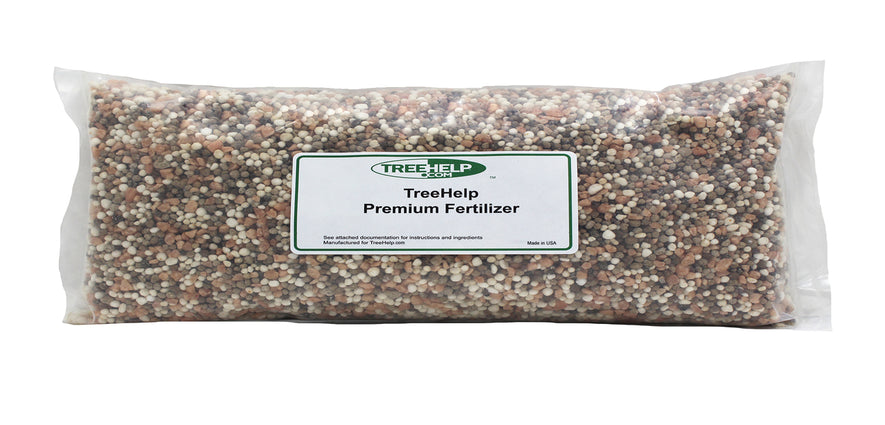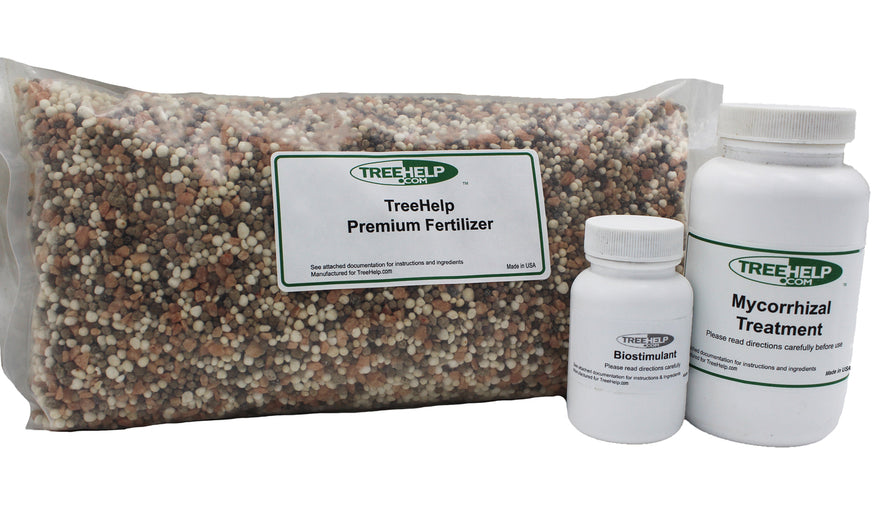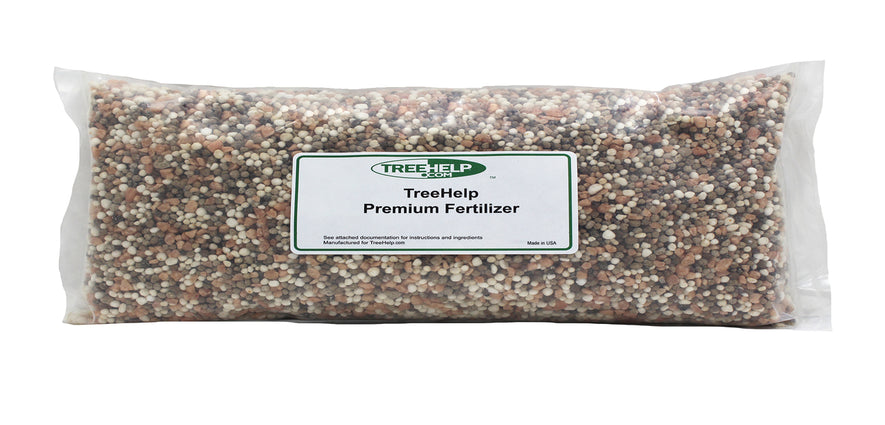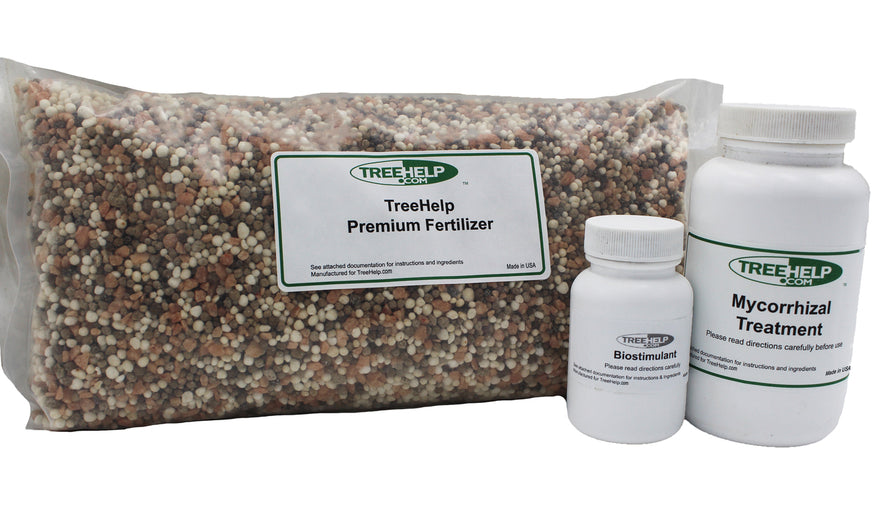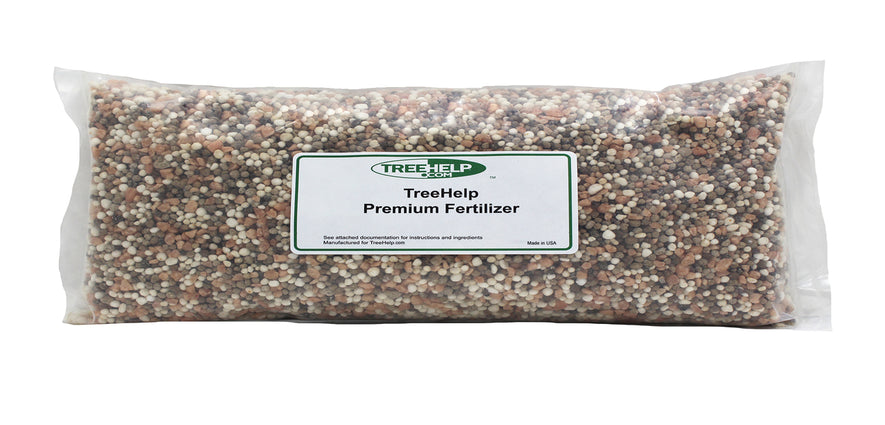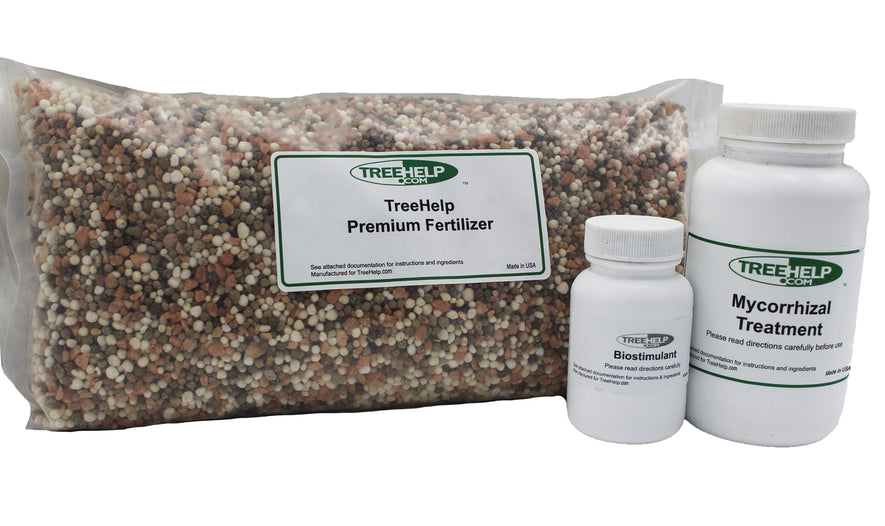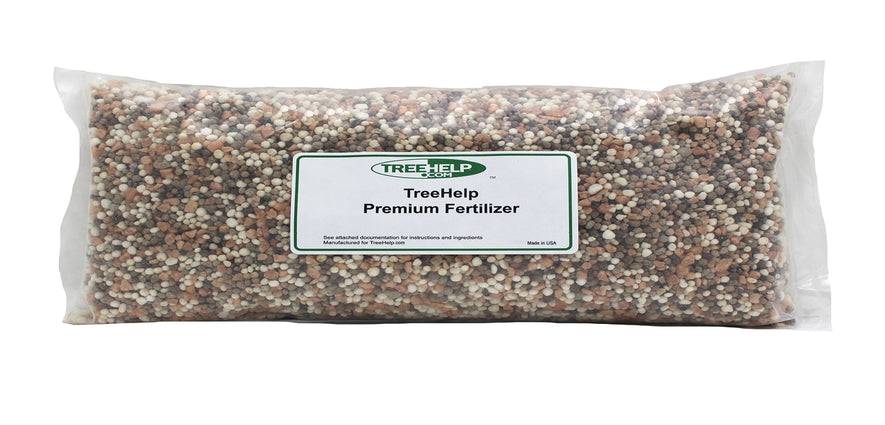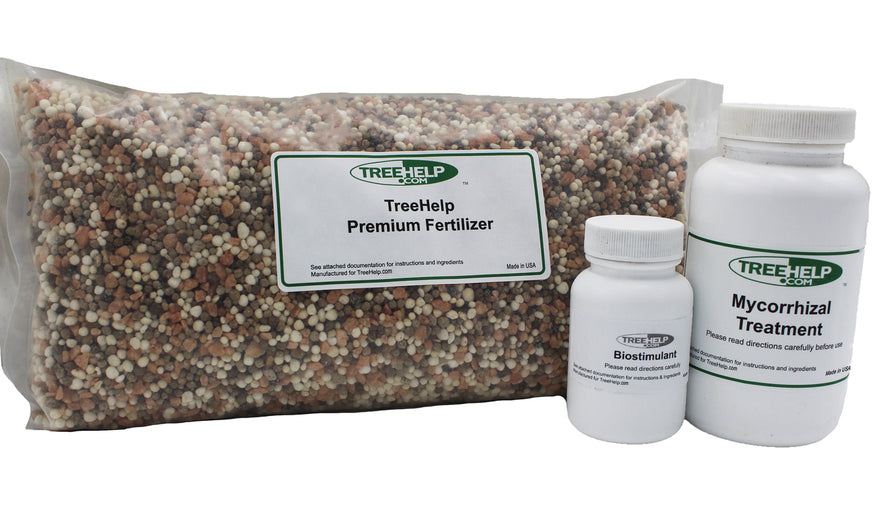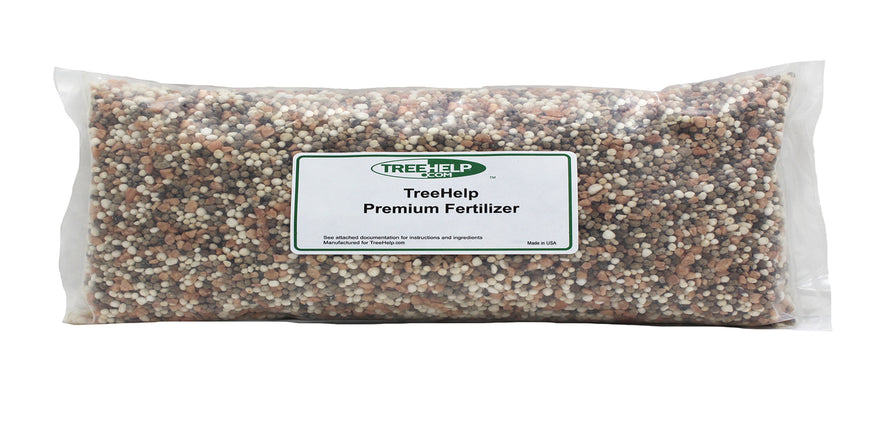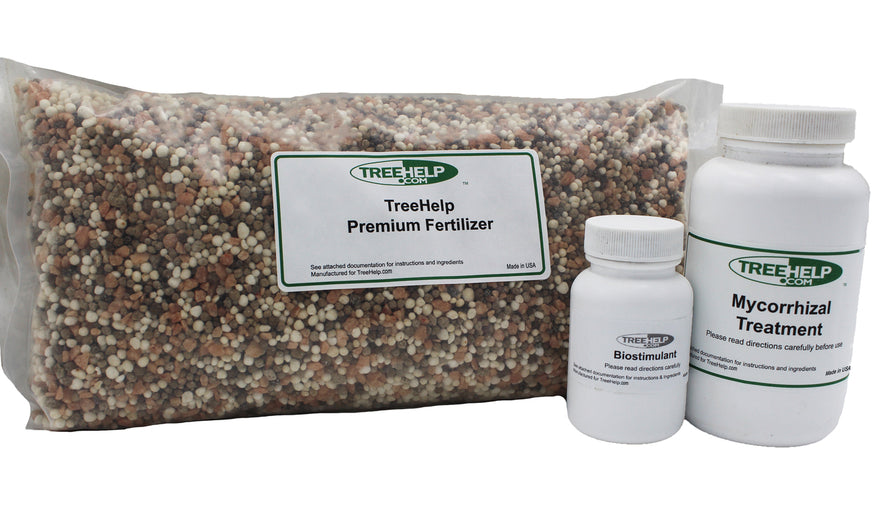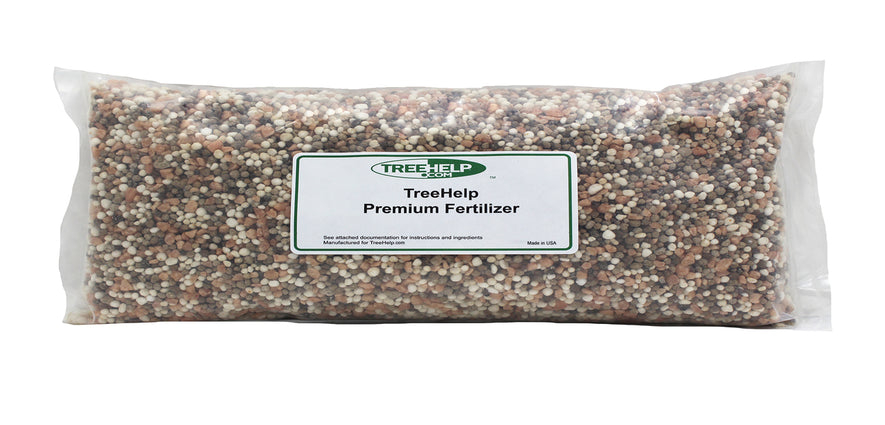-
TreeHelp Annual Care Kit: Douglas-fir Proudly Made in the USA TreeHelp developed easy-to-use Annual Care Kits to help homeowners maintain healthy and vibrant Douglas-fir trees....
- Regular price
- $34.95
- Regular price
-
- Sale price
- $34.95
- Unit price
- per
-
TreeHelp Annual Care Kit: Basswood Proudly Made in the USA TreeHelp developed easy-to-use Annual Care Kits to help homeowners maintain healthy and vibrant Basswood trees....
- Regular price
- $34.95
- Regular price
-
- Sale price
- $34.95
- Unit price
- per
-
TreeHelp Annual Care Kit: Baldcypress Proudly Made in the USA TreeHelp developed easy-to-use Annual Care Kits to help homeowners maintain healthy and vibrant Baldcypress trees....
- Regular price
- $34.95
- Regular price
-
- Sale price
- $34.95
- Unit price
- per
-
TreeHelp Annual Care Kit: Ninebark Shrub Proudly Made in the USA TreeHelp developed easy-to-use Annual Care Kits to help homeowners maintain healthy and vibrant Ninebark ShrubTreeHelp...
- Regular price
- $34.95
- Regular price
-
- Sale price
- $34.95
- Unit price
- per
-
TreeHelp Annual Care Kit: Ironwood Proudly Made in the USA TreeHelp developed easy-to-use Annual Care Kits to help homeowners maintain healthy and vibrant Ironwood trees.TreeHelp...
- Regular price
- $34.95
- Regular price
-
- Sale price
- $34.95
- Unit price
- per
-
TreeHelp Annual Care Kit: Sweet Gum Proudly Made in the USA TreeHelp developed easy-to-use Annual Care Kits to help homeowners maintain healthy and vibrant Sweet Gum...
- Regular price
- $34.95
- Regular price
-
- Sale price
- $34.95
- Unit price
- per
-
TreeHelp Annual Care Kit: Sumac Proudly Made in the USA TreeHelp developed easy-to-use Annual Care Kits to help homeowners maintain healthy and vibrant Sumac trees....
- Regular price
- $34.95
- Regular price
-
- Sale price
- $34.95
- Unit price
- per
-
TreeHelp Annual Care Kit: Smoketree Proudly Made in the USA TreeHelp developed easy-to-use Annual Care Kits to help homeowners maintain healthy and vibrant Smoketree trees....
- Regular price
- $34.95
- Regular price
-
- Sale price
- $34.95
- Unit price
- per
-
TreeHelp Annual Care Kit: Russian Olive Proudly Made in the USA TreeHelp developed easy-to-use Annual Care Kits to help homeowners maintain healthy and vibrant Russian Olive...
- Regular price
- $34.95
- Regular price
-
- Sale price
- $34.95
- Unit price
- per
-
TreeHelp Annual Care Kit: Paulownia Proudly Made in the USA TreeHelp developed easy-to-use Annual Care Kits to help homeowners maintain healthy and vibrant Paulownia trees....
- Regular price
- $34.95
- Regular price
-
- Sale price
- $34.95
- Unit price
- per
-
TreeHelp Annual Care Kit: Mahogany Proudly Made in the USA TreeHelp developed easy-to-use Annual Care Kits to help homeowners maintain healthy and vibrant Mahogany trees....
- Regular price
- $34.95
- Regular price
-
- Sale price
- $34.95
- Unit price
- per
-
TreeHelp Annual Care Kit: Larch Proudly Made in the USA TreeHelp developed easy-to-use Annual Care Kits to help homeowners maintain healthy and vibrant Larch trees....
- Regular price
- $34.95
- Regular price
-
- Sale price
- $34.95
- Unit price
- per
free shipping on most orders over $125 - $7.95 Flate Rate for All Other Orders


